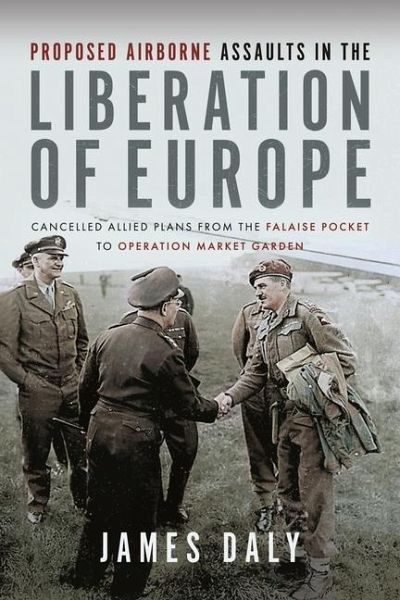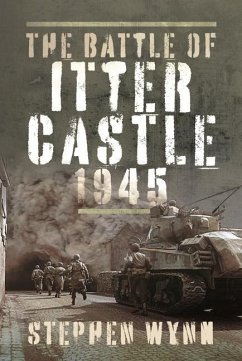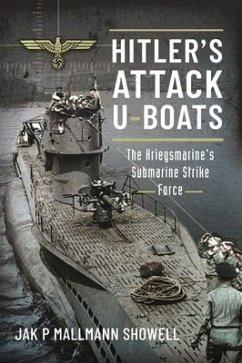
Proposed Airborne Assaults in the Liberation of Europe
Cancelled Allied Plans from the Falaise Pocket to Operation Market Garden
Versandkostenfrei!
Versandfertig in über 4 Wochen
26,99 €
inkl. MwSt.

PAYBACK Punkte
13 °P sammeln!
"This book explains the proposals and plans for these airborne support operations... Daly seems to specialize in WWII airborne books..." -Historical Miniatures Gaming Society The bitter fighting in the so-called Falaise-Argentan Pocket in August 1944, during which the Allies encircled and destroyed a substantial part of Hitler's forces in northern France following the D-Day landings, marked the last major battle of the Normandy campaign. Despite this, tens of thousands of German soldiers managed to escape through the infamous Falaise Gap. It was as the Allies continued to pursue the retreating...
"This book explains the proposals and plans for these airborne support operations... Daly seems to specialize in WWII airborne books..." -Historical Miniatures Gaming Society The bitter fighting in the so-called Falaise-Argentan Pocket in August 1944, during which the Allies encircled and destroyed a substantial part of Hitler's forces in northern France following the D-Day landings, marked the last major battle of the Normandy campaign. Despite this, tens of thousands of German soldiers managed to escape through the infamous Falaise Gap. It was as the Allies continued to pursue the retreating enemy forces that the planners considered or drew-up a number of further airborne operations. As James Daly reveals, three operations, namely Lucky Strike, Transfigure and Axehead, might well have been part of the last of the fighting in the breakout from, Normandy itself. The first of these, Lucky Strike, was intended to see General Montgomery's 21st Army Group strike to the north-east in the direction of the River Seine, where bridges near Rouen were to be taken by the British 1st Airborne Division. Transfigure was to be a major operation with the aim of using the First Allied Airborne Army against the French road network with the object of cutting the German lines of retreat across the Seine. Axehead, meanwhile, was a plan to establish an air-head on the eastern bank of the Seine. In this assault the British 1st Airborne Division, along with infantry, Sherman DD amphibious tanks, and specialised engineers, would establish crossings of the Dives, Touques, Risle and Seine rivers. As the Allies advanced further east into the Low Countries, further Allied airborne assaults were suggested. In Operation Linnet, for example, airborne forces were to capture and hold Tournai on the Escaut river in the western part of German-occupied Belgium. In the event, they were all cancelled, usually as the Allied forces reached the intended dropping zones before the airborne forces could take off. In particular, several of these operations bear very strong resemblance to elements of the Market Garden plan and show early signs of the mistakes. Operation Comet, for example, included a glider coup-de-main for the bridges at Arnhem, Nijmegen and Grave - why did this disappear for Market Garden? These operations and their planning show that far from being an operation that went wrong in September 1944, the flaws in the Arnhem plan were evident much earlier. They also show that divisions between the Allies emerged much earlier and ran much deeper than originally thought.












